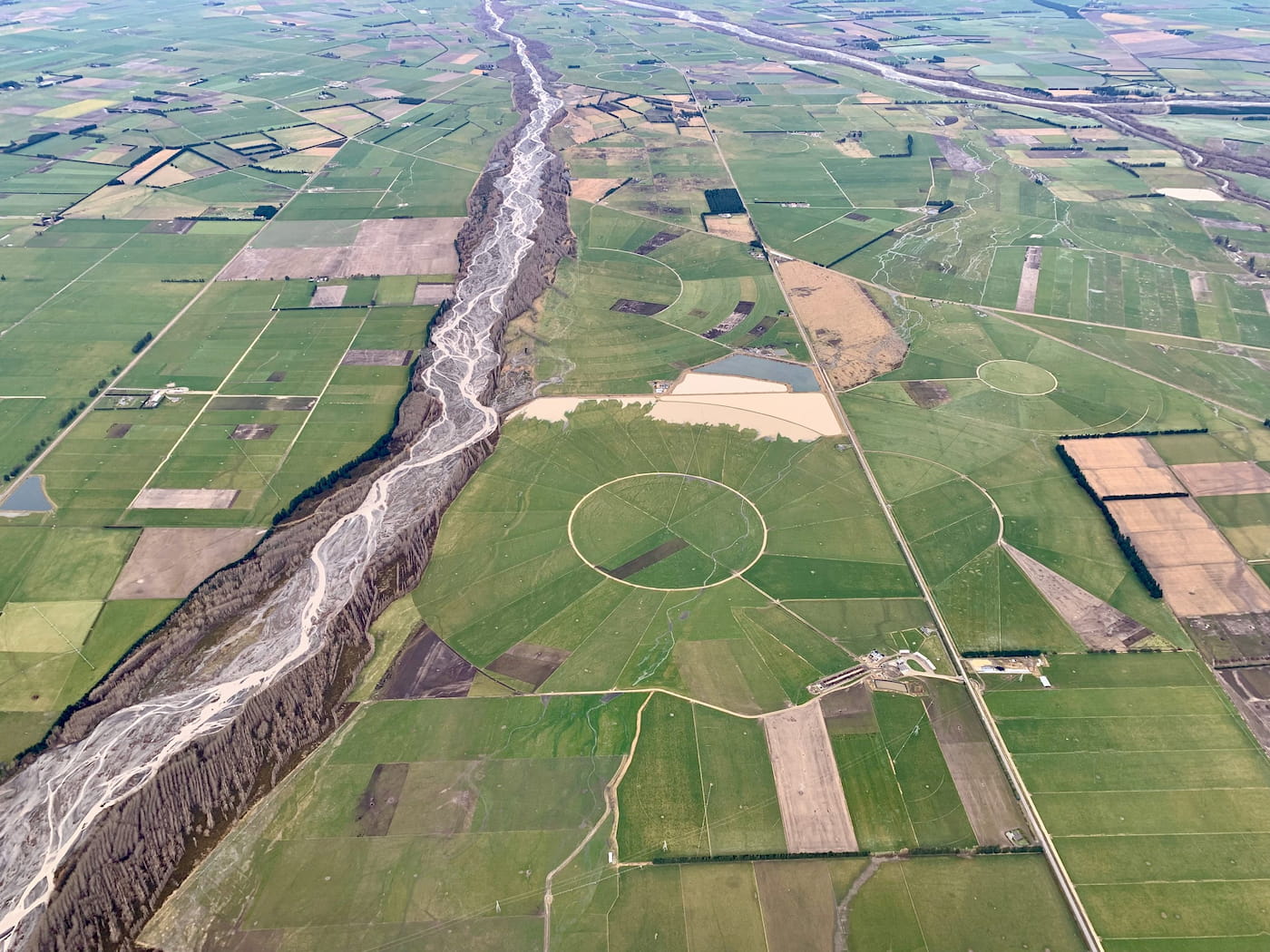Greenpeace says Glenavy residents of Waimate District might be galled at the local Council being awarded best drinking water awards when they recently spent weeks on emergency tank water due to nitrate contamination levels that left their supply undrinkable.
The Otaio water supply from the Waimate District has won the best-tasting tap water competition in this year’s National Water Taste Test run by the Water Industry Operations Group.
“I suspect it’s galling for some locals to see the Waimate District celebrated for the taste of its drinking water when, earlier this year, Glenavy residents spent weeks trudging to the emergency water tanks for their daily supply after it exceeded maximum allowable levels of nitrate,” says Greenpeace campaigner, Christine Rose.
Nitrate contamination trends are worsening across Canterbury due to dairy intensification. Recent international studies have found associations between nitrate in drinking water and an increased risk of bowel cancer and preterm birth.
Greenpeace also warns that good taste is not a guarantee of safe water because nitrate has no odour or flavour and is invisible to the human eye.
“It’s important to remember that you can’t taste nitrate contamination, you can’t see it, and you can’t smell it,” says Rose.
Greenpeace contacted the District Council to confirm that the award-winning water had been tested for nitrate.
“We checked with the District Council, and they confirmed that the Otaio supply is at 0.77 mg/L for nitrate (NO3-N), which is under the 1 mg/L associated with health risks like bowel cancer and preterm birth,” says Rose.
“That is good to hear. The Otaio residents are lucky to have nice-tasting water that’s safe to drink. It’s a basic human right, but many rural people do not have access to safe drinking water due to nitrate contamination predominantly caused by the dairy industry.”
“To ensure that everyone has access to safe, clean and great tasting drinking water, we need to stop the primary sources of nitrate contamination which are synthetic nitrogen fertiliser and too many dairy cows.”
Late last year, six hundred residents in the Waimate District were unable to drink their tap water for several months. Water supplies to homes in the Lower Waihao and Waikakahi East water schemes were turned off after nitrate levels exceeded 11.3mg/L, which is the maximum allowable value under national drinking water standards.
In November 2021, Greenpeace provided residents with free water testing in Glenavy. Eighty-six per cent of the drinking water samples brought in by local people returned levels over 1mg of nitrate per litre, which research shows starts to increase the risk of bowel cancer.
Sixty-one percent of samples returned a reading over 8mg per litre, which increases the risk of bowel cancer by 32%, and one sample came in at 12mg/L.
They were the highest nitrate readings for any town the organisation ran testing in.
Greenpeace also held a public information meeting in Glenavy in November with public health researcher Dr Tim Chambers, who at the time said, “There is increasing evidence linking exposure to nitrate in drinking water with multiple negative health outcomes, including colorectal cancer, preterm births and neural tube defects. In many studies, the risk of the adverse health outcome was found to occur at drinking water nitrate levels significantly lower than New Zealand’s Drinking Water Standard of 11.3mg/L.”
Dr Chambers has co-authored published research on the health impacts of nitrate, including a paper estimating 100 cases of colorectal cancer and 40 deaths per year were attributable to the contaminant.
ENDS



